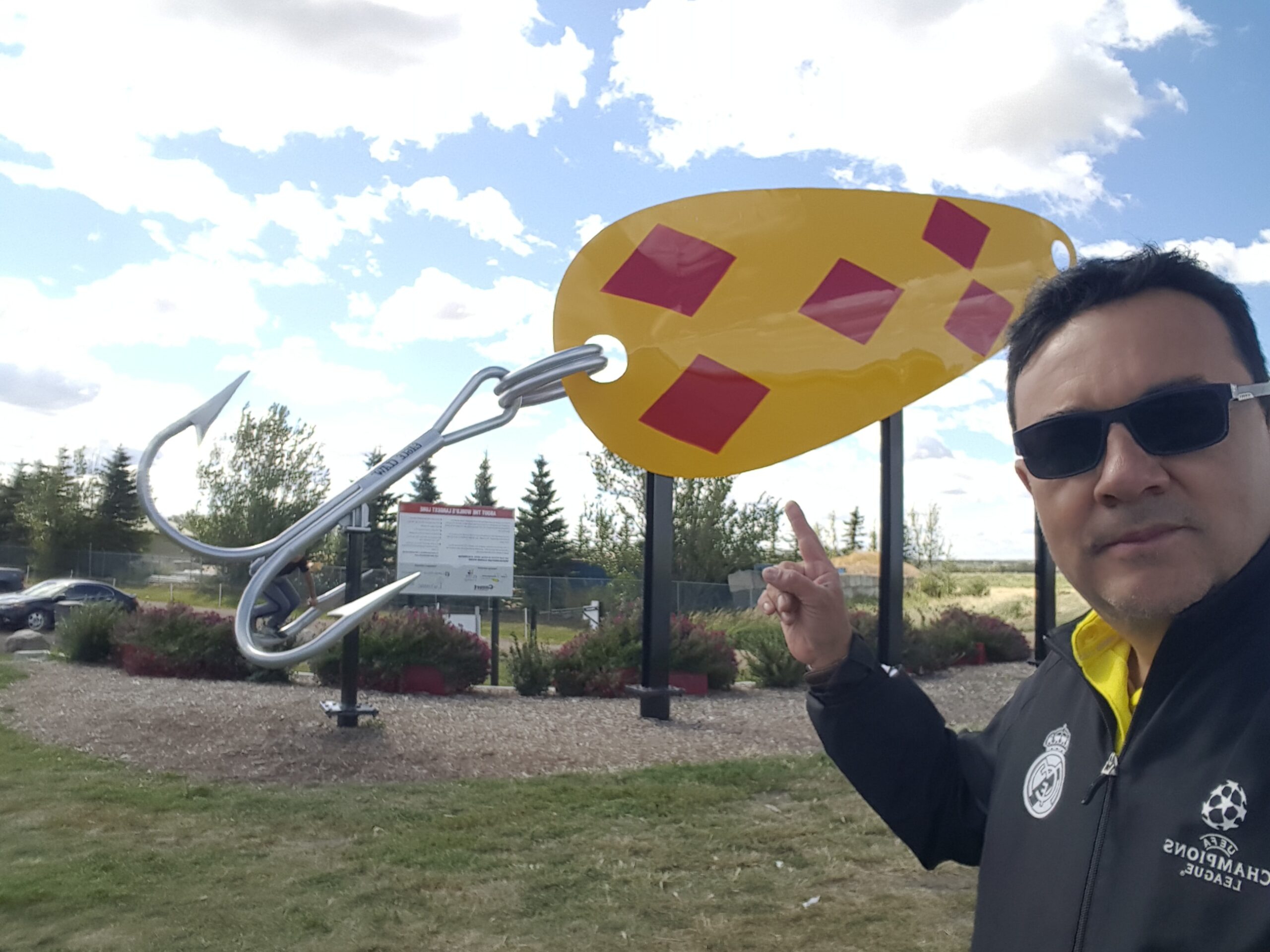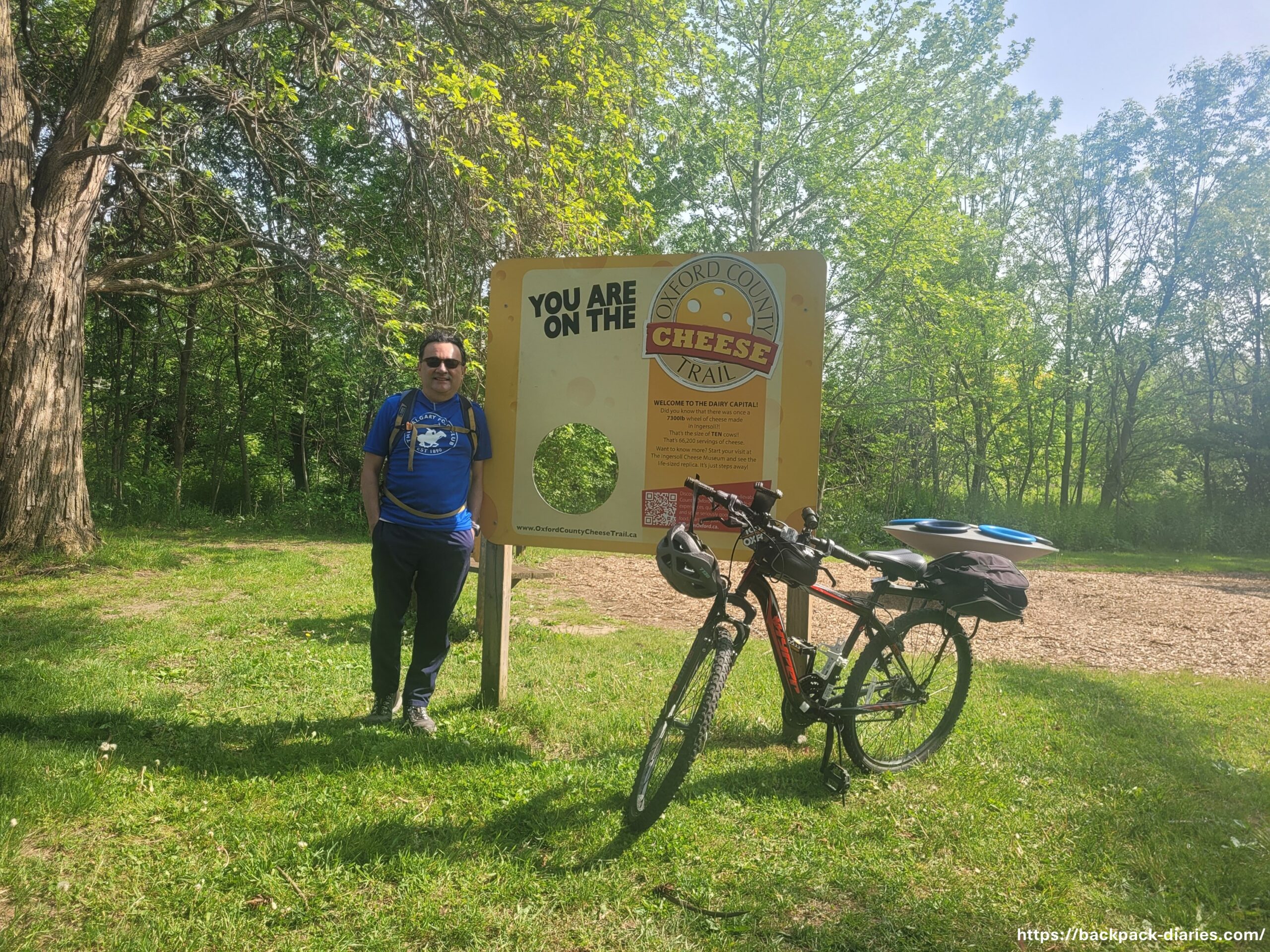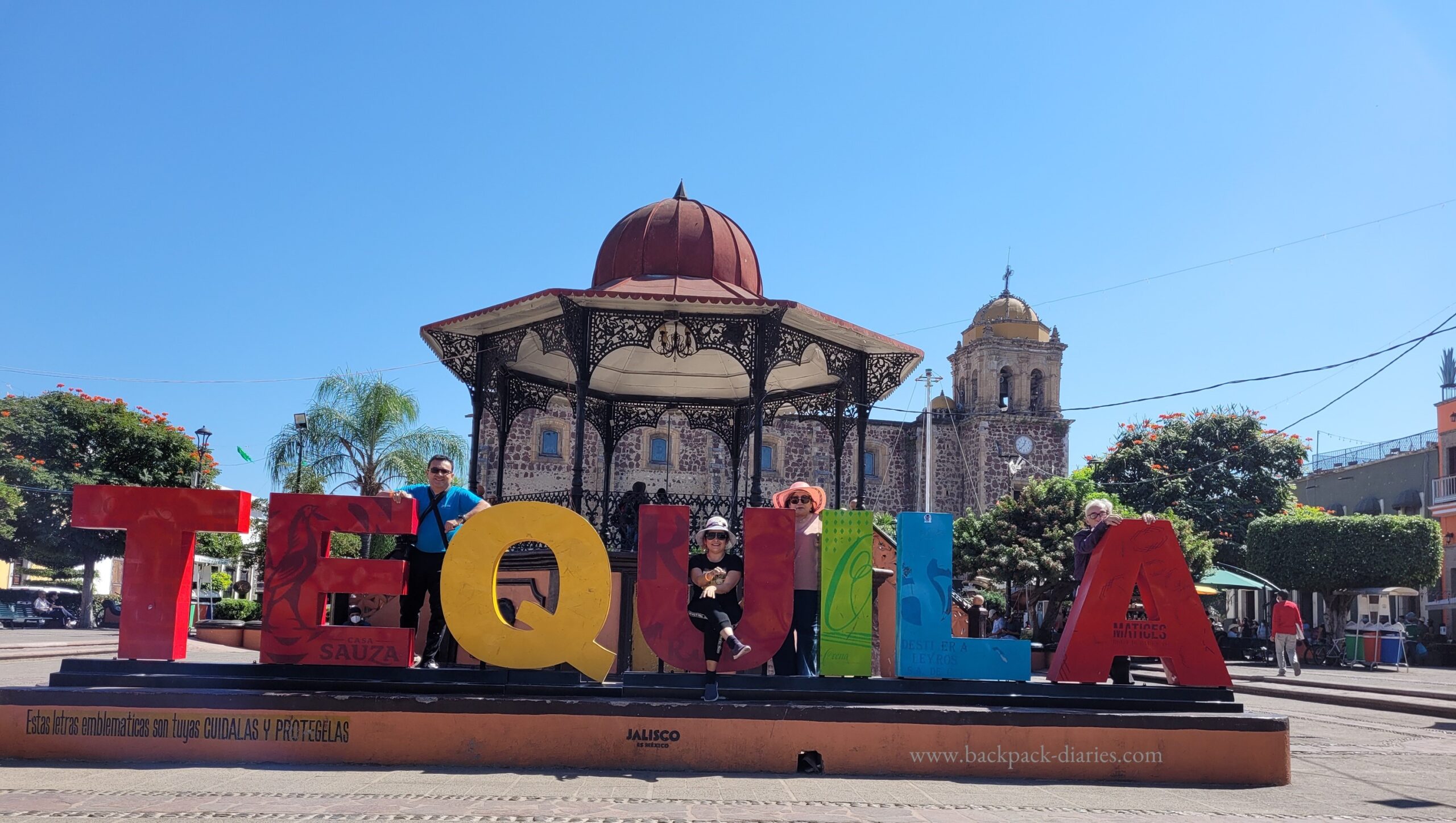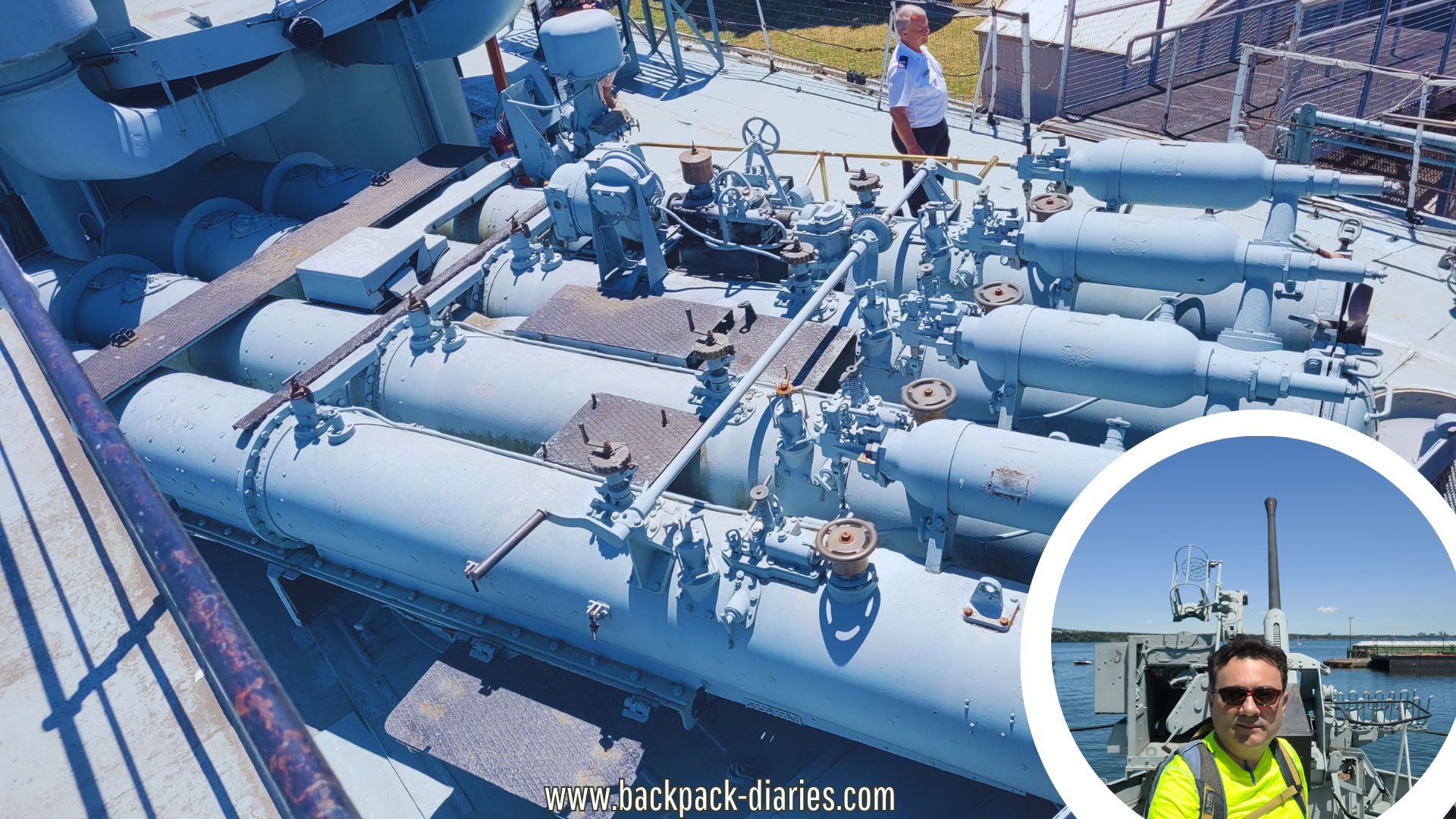Spanish version here.
I must admit that when I was assigned to a project in Chile, I immediately visualized the land of wine, soccer ⚽ , the Andes mountains, the Viña del Mar Festival, Easter Island, etc. But oh!, I am here in the North of Chile: the driest place on earth, a different story!
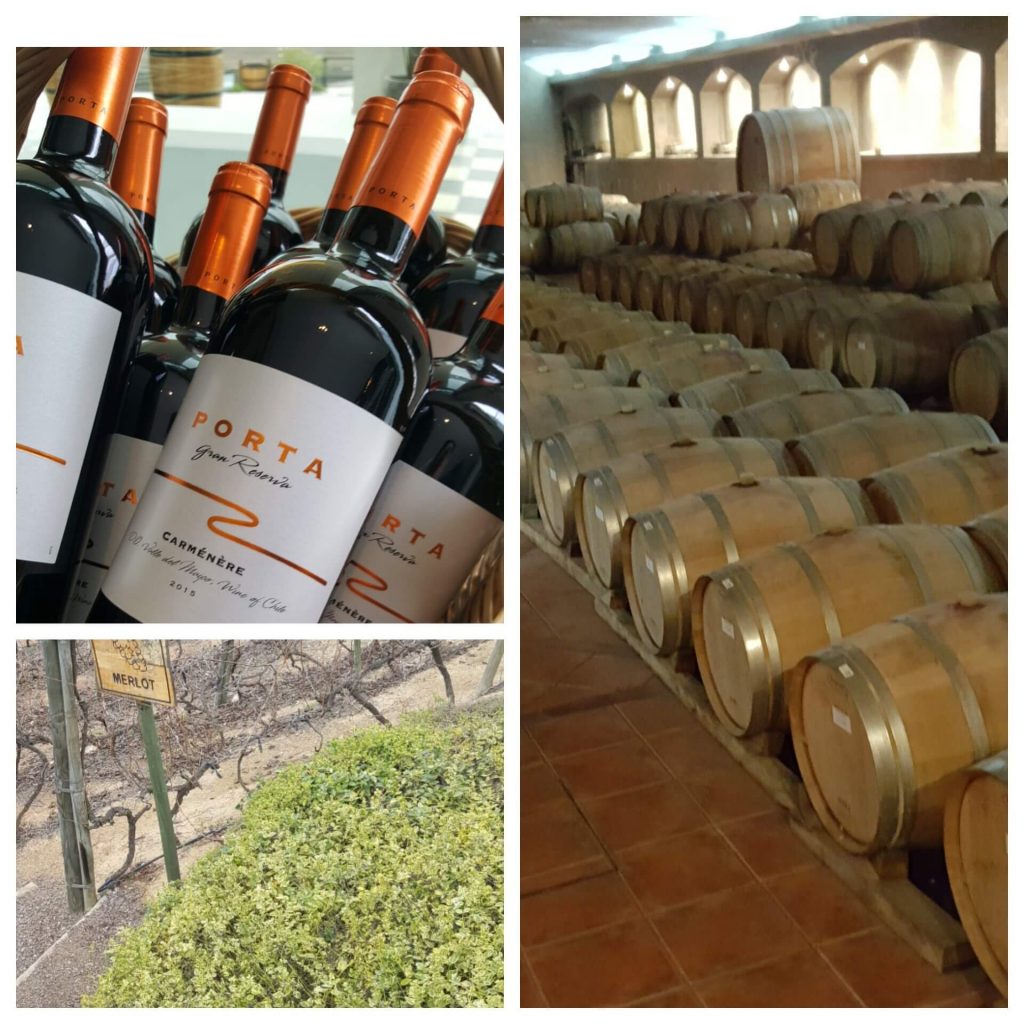
The same happens with other countries with diversity, either culturally, geographically, cultural, or linguistically. In Mexico, for instance, my home country, the North, is quite different from the jungles of the South. In Canada, my other home country not everybody speaks French and English as many people might think, which in Quebec is French whereas in Alberta we speak English.

Initially, I spend the first 3 months of my assignment in Santiago, capital of Chile, and I already had mentalized myself for the different place and project that was in my future.
This is not my first project abroad, so for me, there was no such cultural shock so far. I welcomed the new challenges!
Getting off the plane
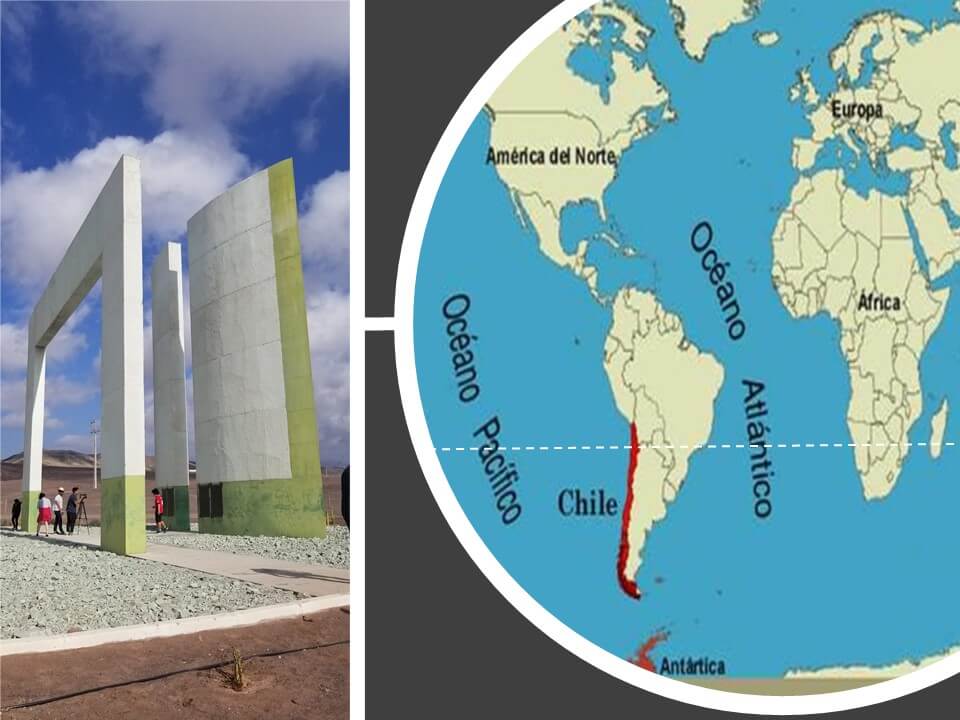
Not far from the airport is the “Hito” of the Capricorn Tropic. This monument reflects the latitude of 23º 26′ 12.9 and represents the southernmost point where the sun falls vertically at noon ☀️. Ok, let’s go back to the subject as I am not an astronomer.
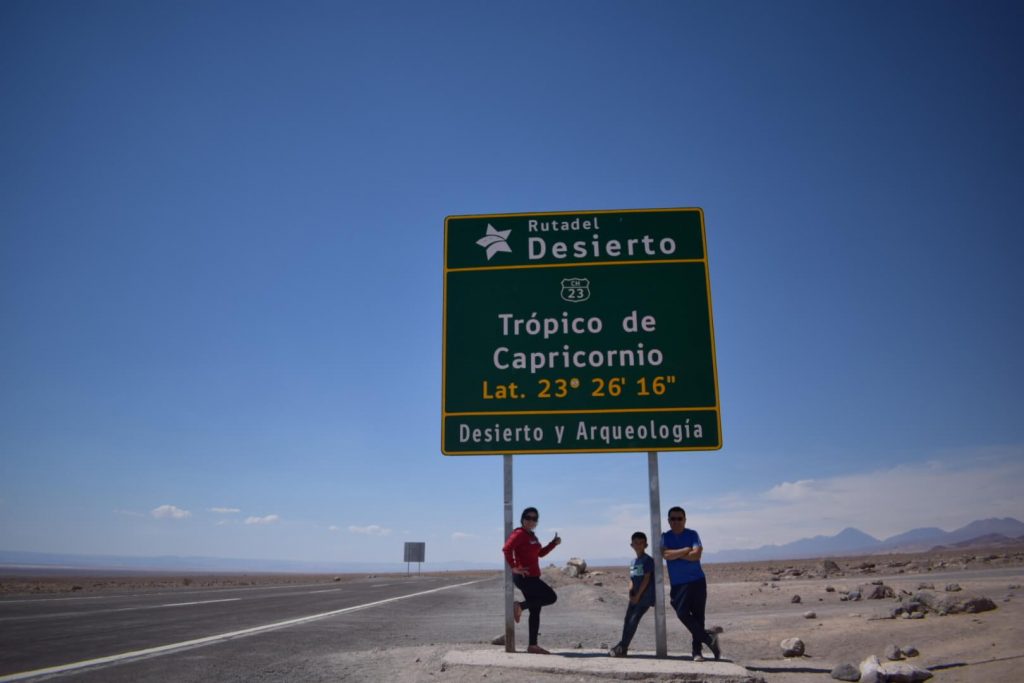
The airport is 15 km from the city of Antofagasta, and a desert scenery welcomes you right away.
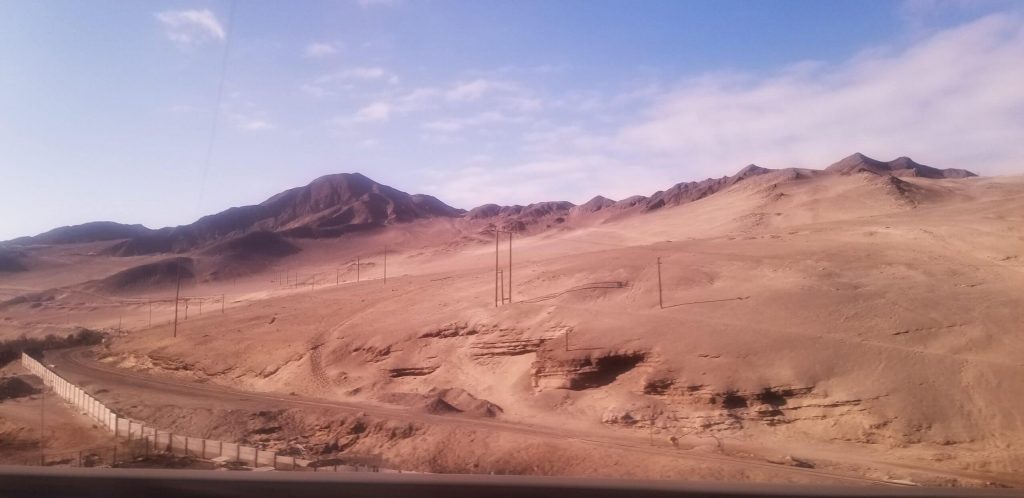
Snapshots from the deserts of Doha, Dubai, Mexico, and Canada come to mind, yes, dear reader, you read well: Canada!? Believe it or not, Osoyoos is a desert in Canada. The only desert in Canadian geography. Well, let’s keep on the subject as I’m not a Biologist either.



The driest desert on earth
The Atacama Desert, covers an area of approximately 105,000 Km2 and includes the following regions of Northern Chile:
- I Tarapacá
- II Antofagasta
- III Atacama
- IV Coquimbo (la parte Norte)
- XV Arica y Parinacota
The Atacama Desert is an area rich in minerals such as Copper, Iron, Gold, Silver, and Boron, it also has the “Salar of Atacama” (Brine Salt Flats) with the most abundant lithium deposits in the world (Oh! Lithium, so damn important nowadays for our smartphones ? !). In combination with the neighboring brine flats in Argentina and Bolivia, they make up the “Lithium Triangle.” According to some calculations, this area represents nearly 80% of the world lithium.
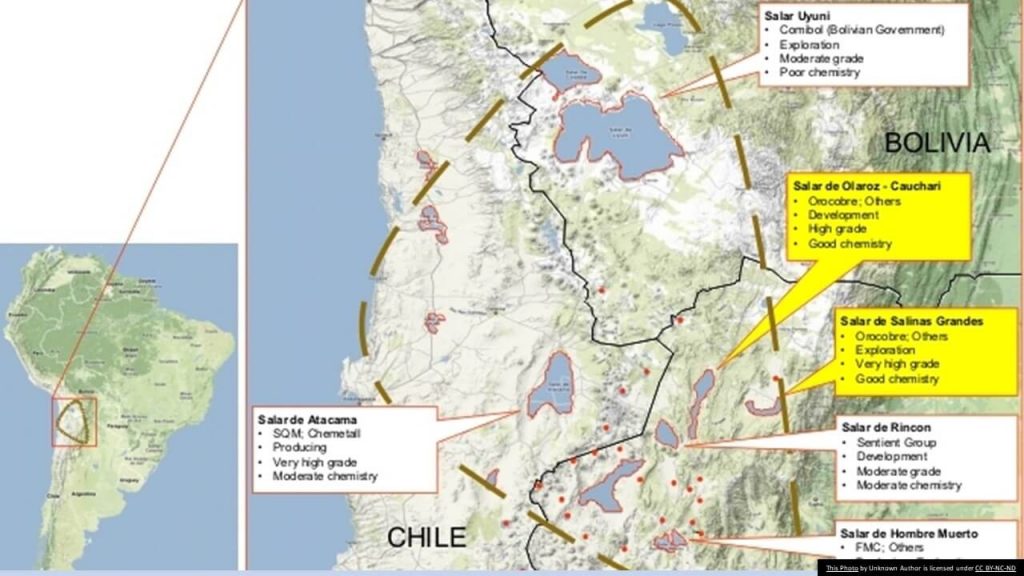
In the past, saltpeter exploitation was the primary industry that defined much of the character and culture of many of the communities; “ghost towns” are still remnants of the glory days. The inner region within the desert of Atacama is also known as “La Pampa.” I will refer more in future posts.
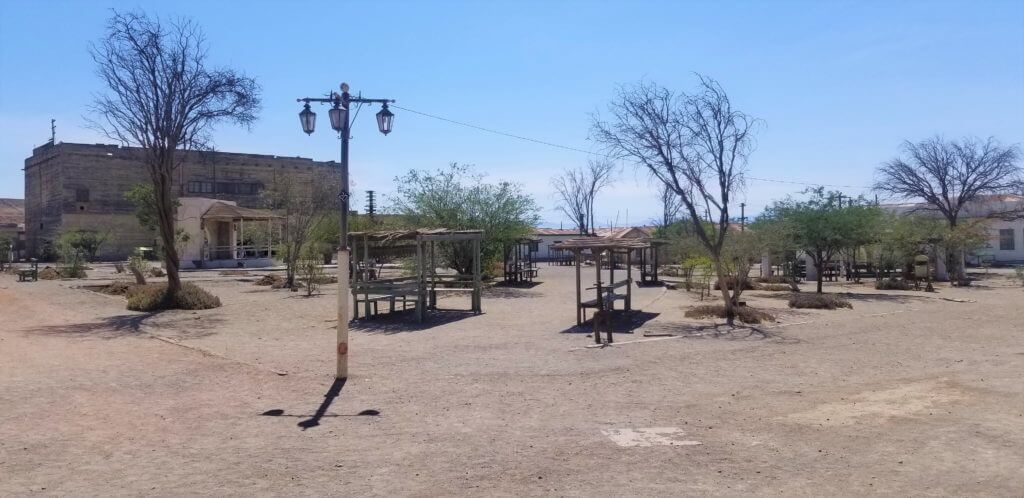
The Atacama Desert skies
Another thing I have learned about the Desert of Atacama is the importance of this area for astronomical observation. For its altitude and clarity of its skies, the Atacama Desert is known as the “window to the universe.” Some of the most powerful telescopes ?in the world are in the observatories of “Paranal,” “La Silla,” and “Chanjanantor,” where ESA 3 has a permanent presence. I will discuss more in future posts.

Major cities of the North of Chile
Although there are many municipalities in Northern Chile, the main cities are the capitals of the regions:
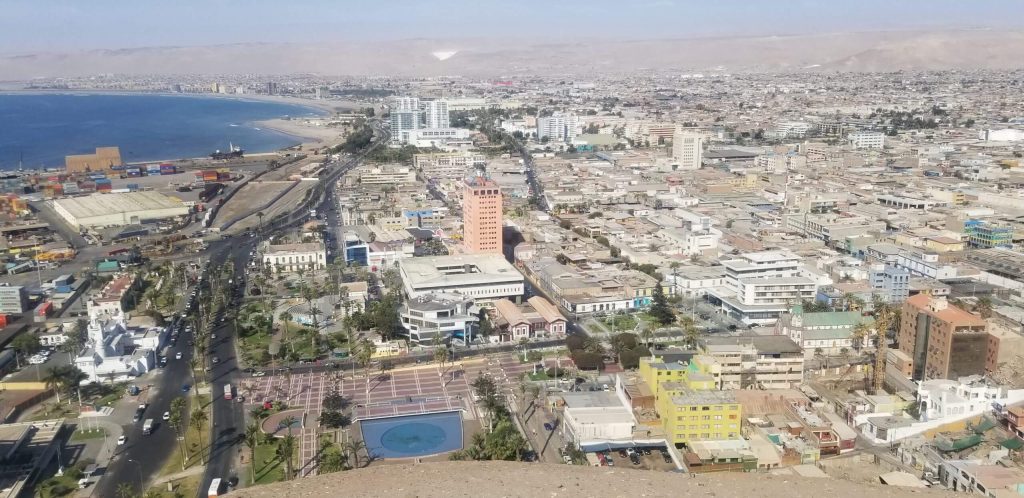
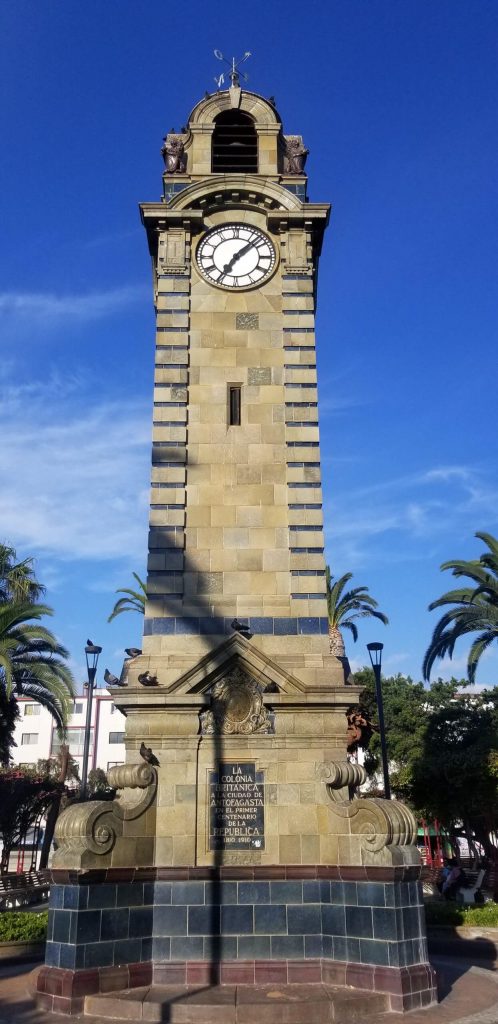

- Arica : Border City of Chile with Perú, capital of Arica y Parinacota. 2050 km North of Santiago.
- Iquique : Capital of Tarapacá region, 1760 Km North of Santiago.
- Antofagasta: Capital of Antofagasta region. City where I´m currently assigned, 1335 Km North of Santiago
- Copiapó: Capital of Copiapó region. 800 km North of Santiago. (No image , as I haven´t gone there yet).
Still a lot to discover and describe but I cut it short as of now until my next post.
A lot of chaos these days with “Coronavirus”, take precautions and don´t fall into psychosis.
If you like this post, feel free to share, like or comment it.


